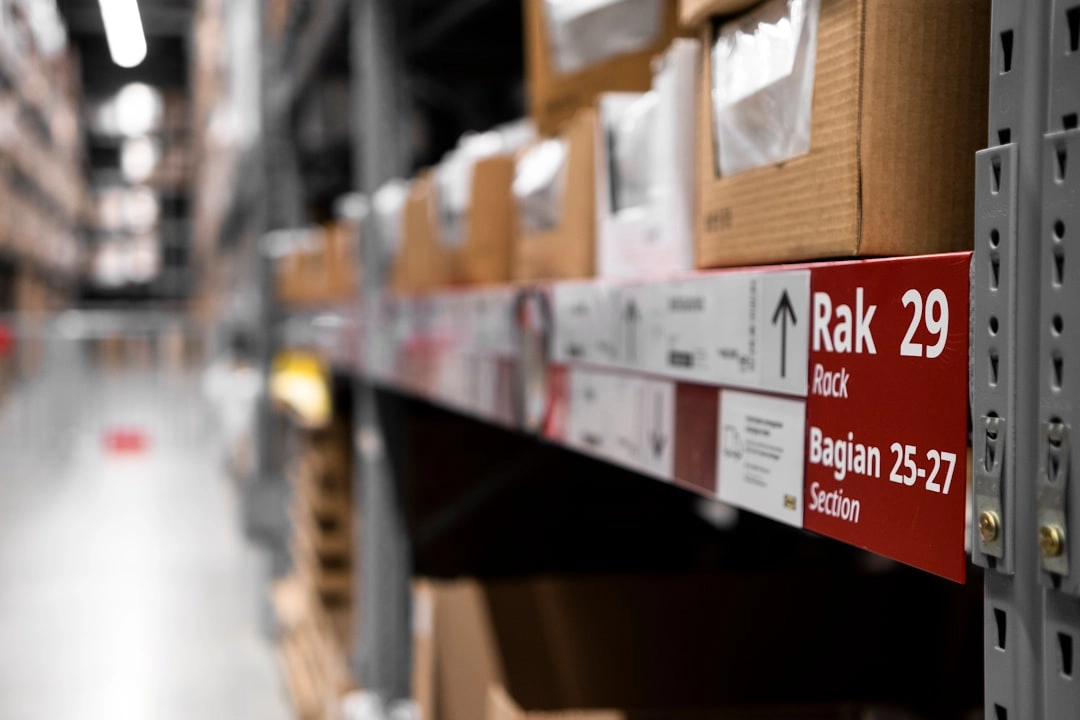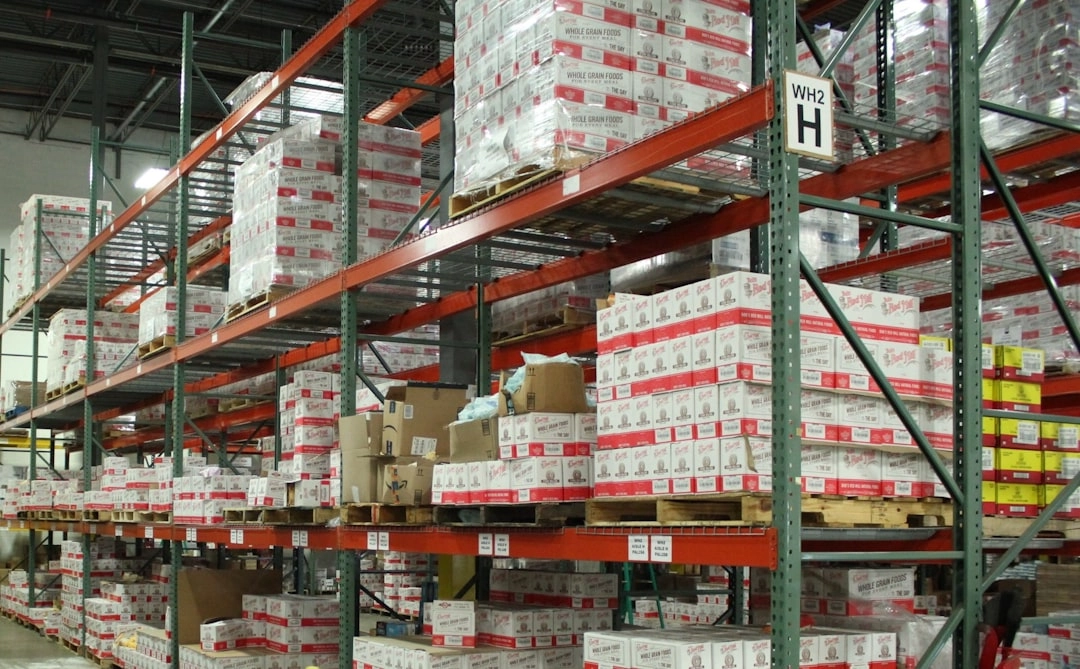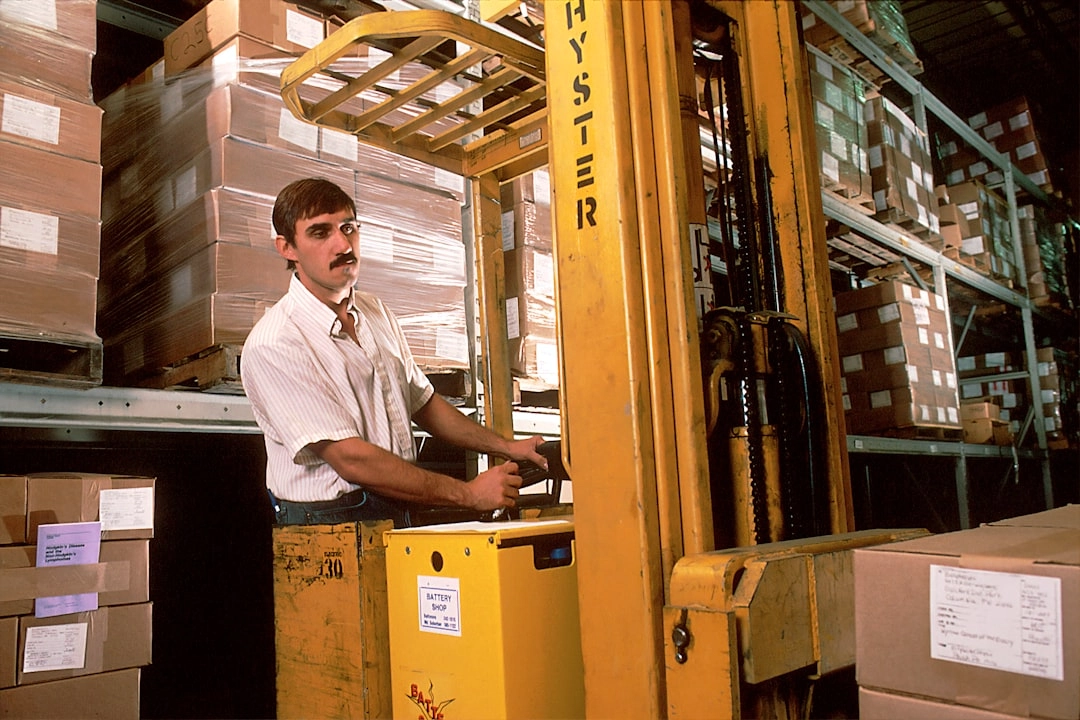In a nutshell:
- Forecast production planning is crucial for aligning supply with demand and optimizing supply chain performance.
- Machine learning enhances forecast accuracy and reduces waste in inventory management.
- Implementing diverse data sources, real-time data, and IoT can improve forecast production planning.
- Challenges include catching mistakes, adapting to market changes, and running scenario analysis.
- Future trends include AI and predictive analytics revolutionizing forecast production planning.
Forecast production planning stands as the linchpin between supply and demand, a crucial leverage point for organizations seeking operational excellence. This strategic approach isn't just about efficiency; it's the catalyst for a lean, responsive supply chain that minimizes waste and maximizes resources.
For data leaders, mastering forecast production planning isn't optional—it's imperative. This powerful technique, enhanced by cutting-edge machine learning algorithms, offers a competitive edge in inventory optimization.
By harnessing these advanced tools, you're not just predicting future demands; you're enabling a seamless flow of goods that adapts to market fluctuations with precision.
If you want to transform your supply chain into a model of efficiency and agility, it's time to explore forecast production planning and explore how machine learning can revolutionize your inventory management, positioning your organization at the forefront of supply chain innovation.
Understanding Forecast Production Planning
Forecast production planning is an analytical method used by organizations to predict future demand for products. This prediction is then used to align the production process with the expected demand, thus ensuring optimal supply chain performance, reducing lead times, and minimizing storage costs.
The accuracy of forecast production planning lies in the use of historical sales data, market trends, seasonal factors, and promotional information.
This data-driven approach provides a solid base from which the organization can operate, making sure that the supply perfectly matches the demand and eliminating stock outs or overstock situations.
Benefits of Forecast Production Planning
There are plenty of advantages to using forecast production planning, and they directly affect the organization’s bottom line as well as its operational efficiency. Some of the ones you can expect to see might include:
- Improved Customer Satisfaction: With well-executed forecast production planning, businesses can ensure that their products are always available to meet customer demand, improving customer satisfaction and loyalty.
- Reduced Inventory Costs: By precisely predicting demand, businesses can avoid overstocking or understocking. This not only reduces the costs associated with surplus inventory but also prevents loss of sales due to stockouts.
- Enhanced Supply Chain Efficiency: When production is aligned with demand, all aspects of the supply chain—from procurement to production to distribution and sales—are streamlined and operate more efficiently.
- Better Financial Planning: Forecast production planning allows for more accurate financial planning as it provides a clear view of future sales volumes and revenues.
Leveraging Machine Learning for Optimizing Inventory Levels
Optimizing your inventory levels is easier than ever thanks to machine learning technology. By learning to use this tool, you can avoid the problems associated with over- or understocking that many businesses face.
Here’s a breakdown of how machine learning works in conjunction with your inventory strategy when implemented effectively:
Role of Machine Learning in Forecasting Demand
Machine learning plays an increasingly instrumental role in forecast production planning. As a subset of artificial intelligence, machine learning algorithms can analyze vast amounts of data and identify complex patterns that would be nearly impossible for humans to detect. These patterns are then used to make accurate predictions about future demand.
Machine learning models can be trained to consider various factors that influence demand, such as past sales data, market trends, seasonal variations, promotional activities, and more.
Over time, these models become increasingly accurate as they continually learn from new data, allowing you to better predict how much demand there will be for certain products and order stock accordingly.
Using Machine Learning to Reduce Waste
By leveraging machine learning in forecast production planning, businesses can significantly reduce waste. An accurate forecast minimizes the number of unsold goods that become obsolete or perish, a major cause of product wastage. This not only reduces costs but is also environmentally friendly.
In practical terms, machine learning can help businesses make smarter purchasing decisions. By predicting product demand with high accuracy, purchasing managers know exactly how much inventory to buy and when. This prevents over-purchasing which often leads to waste when products don't sell as expected and become obsolete. It also prevents under-purchasing which can lead to lost sales opportunities and disappointed customers.
Machine learning algorithms can even factor in lead times from suppliers, ensuring that inventory arrives just in time to meet customer demand.
Machine learning can also help identify products that are frequently bought together. This information can be used to optimize inventory positioning, making sure items that are often purchased together are stored close to each other, speeding up the order fulfillment process and reducing the chances of picking errors.
This type of strategy can also help identify slow-moving items that are tying up valuable storage space and capital. Businesses can then take proactive actions, such as reducing prices to move these items more quickly or even discontinuing them altogether.
Implementing Forecast Production Planning Strategies
Talking about forecast production planning in theoretical terms is all well and good, but it does little for you unless you can implement these strategies in the workplace. Try some of these ideas to optimize your inventory using the algorithms and tools described here:
Continuous Updates to Your Models
A static model is a useless model. While this is a bit of a hyperbole, you can’t simply tell your predictive AI to run once and forget about it. Like with anything in business, supply and demand are in constant flux, so your plans should be able to change accordingly.
For forecast production planning, this means being willing to update your models as new data comes into the equation. By staying abreast of changing market conditions, you can adjust as needed to fit what customers need.
If you look at your models like living things that change over time, you’ll have a much easier task of understanding their predictions and working with them to their full effect.
Use of Predictive Analysis Tools
Being in sync with the latest technology is crucial to optimizing forecast production planning. Incorporating predictive analysis tools to examine historical data, market trends, and seasonal factors can significantly enhance the accuracy and efficiency of your forecast.
These tools can process and analyze large data sets much more quickly and accurately than humans, reducing the time you spend on forecasting and freeing you up to focus on other important aspects of your business.
Automation in Forecast Production Planning
With the advancement of technology, businesses can now automate many aspects of the forecast production planning process. Automation tools can generate forecasts based on historical data, track changes in demand patterns, and automatically update demand forecasts. This approach can significantly reduce the risk of human error, improve the accuracy of your forecasts, and ensure that your supply chain is always prepared to meet demand.
Draw from Diverse Data Sources
In most cases, the more data you can train your model with, the better. Drawing from a diverse number of data sources gives your model more of a chance of finding new patterns that might otherwise go overlooked, allowing for more robust prediction capabilities. With both content and quantity, you’ll be making the most out of your tool’s abilities if you train broadly like this.
Utilizing Real-Time Data
Real-time data provides an immediate snapshot of your supply chain. It allows you to see exactly what is happening in your operations at any given moment. This could include current sales numbers, inventory levels, and more. Incorporating real-time data into your forecast production planning can help you make quicker, more informed decisions without the risk of falling behind and potentially missing out on something important.
Embracing the Internet of Things (IoT)
This technology can do more than just handle the digital side of business. The Internet of Things (IoT) refers to the network of physical objects—"things"—embedded with sensors, software, and other technologies for the purpose of connecting and exchanging data with other devices and systems over the internet.
With IoT, you can monitor the status of your inventory, track delivery times, and even predict equipment failures before they happen. By integrating IoT into your forecast production planning, you can better manage your supply chain and improve efficiency.
Prioritize Quality of Data
While having a large amount of data to train your models with is important, the data must also be of high quality to get any benefits. Low-quality data can potentially mislead your tools, causing them to output inaccurate predictions.
Robust data management is a major factor in getting the success you’re looking for when integrating machine learning into your prediction efforts, since having a way to prune or improve bad data can save you a lot of hassle.
Overcoming Challenges in Forecast Production Planning
As useful as forecast production planning is, it’s not without its challenges. In order to effectively use these techniques and technology, you need to be prepared to address common challenges that could arise during the process. These could include:
Catching and Correcting Mistakes
Mistakes in forecast production planning can occur due to various reasons, like inaccurate data, flawed algorithms, or overlooking significant factors affecting demand. These can result in over- or underestimation of demand, leading to increased costs and missed sales opportunities. That’s why it’s so important to have robust validation processes in place to catch these errors early.
Regular evaluation and testing of the forecasting model can help in identifying such mistakes. It could also be beneficial to set up a system that alerts the concerned personnel when actual demand deviates significantly from the forecasts.
Once mistakes are identified, immediate corrective measures like revising the model or the data inputs need to happen. Stay positive, though; these mistakes are learning opportunities to improve their forecast production planning in the future.
Adapting to Market Changes and Uncertainties
Being able to adapt to change is an important skill in business. This goes for your models just as much as you. As mentioned before, having the ability to react to real-time data can vastly improve your model’s responsiveness and results. Maintaining awareness of different risk factors and updating as needed can help you avoid many issues that could appear due to market volatility.
Running Scenario Analysis
Scenario analysis can be a useful tool in dealing with uncertainties. By creating different demand scenarios based on various factors like economic conditions, consumer behavior patterns, and market competition, businesses can develop multiple strategy models. This broadens their preparedness and equips them to quickly switch plans if something goes awry.
Future Trends in Forecast Production Planning
Machine learning and everything associated with it have a bright future in business. If you’re looking ahead towards how forecast production planning could adapt and change going forward, consider the following:
AI and Predictive Analytics in Business
Emerging technologies like artificial intelligence (AI) and predictive analytics are set to further revolutionize forecast production planning. These technologies will allow businesses to create even more accurate forecasts and make real-time adjustments as market conditions change.
As technology continues to evolve, we may even see scenarios in which AI predicts, stocks, and adjusts shelves all without the need for human oversight.
Master Forecast Production Planning for Your Business Today
Forecast production planning is a key strategy for aligning supply with demand. From improved customer satisfaction to enhanced supply chain efficiency and reduced costs, organizations stand to gain numerous benefits from implementing this practice.
For data and supply chain leaders, learning to leverage machine learning and staying abreast of upcoming technological trends in forecast production planning can offer a distinct competitive advantage. To learn more about optimizing your supply chain with machine learning, schedule a demo today.








